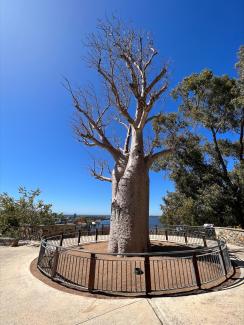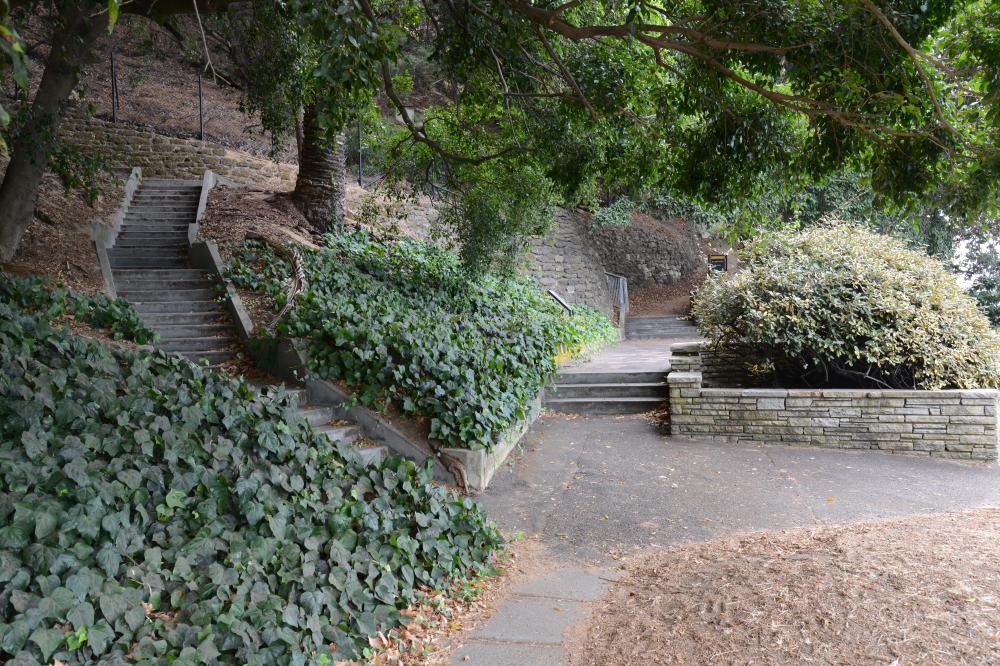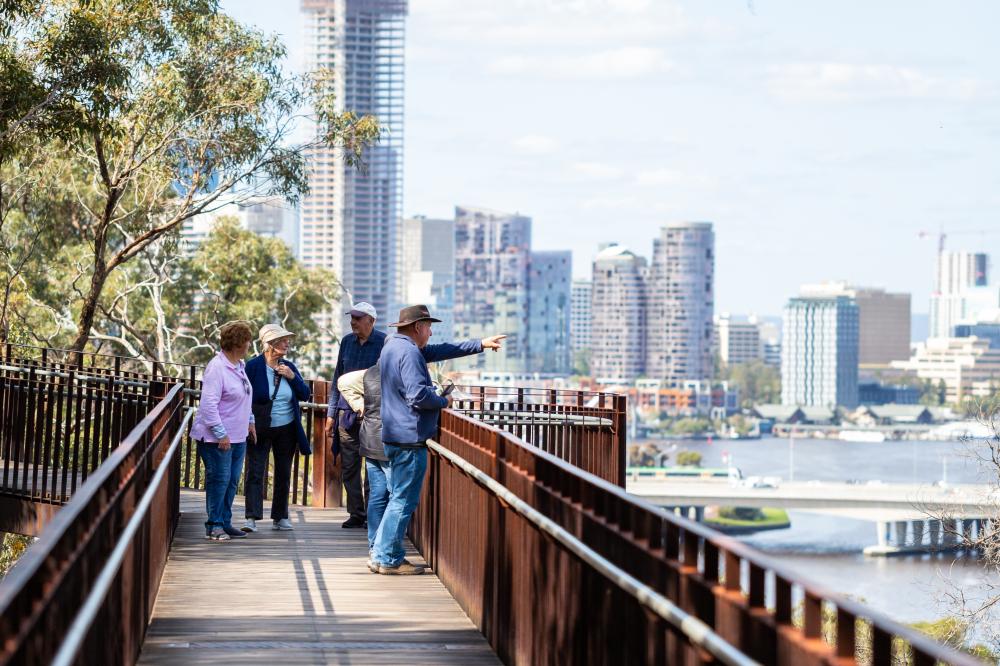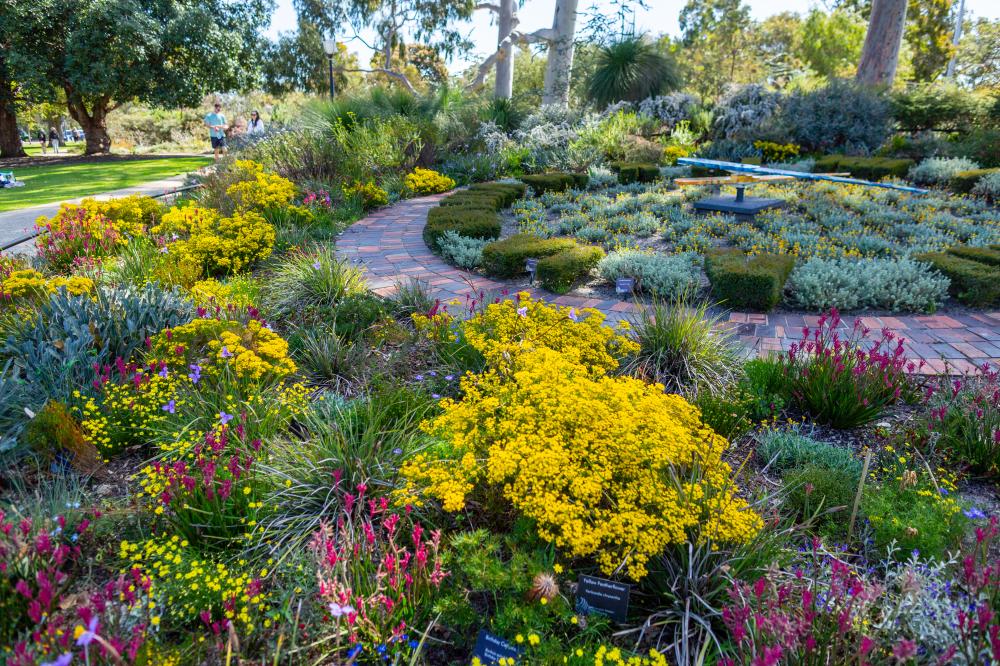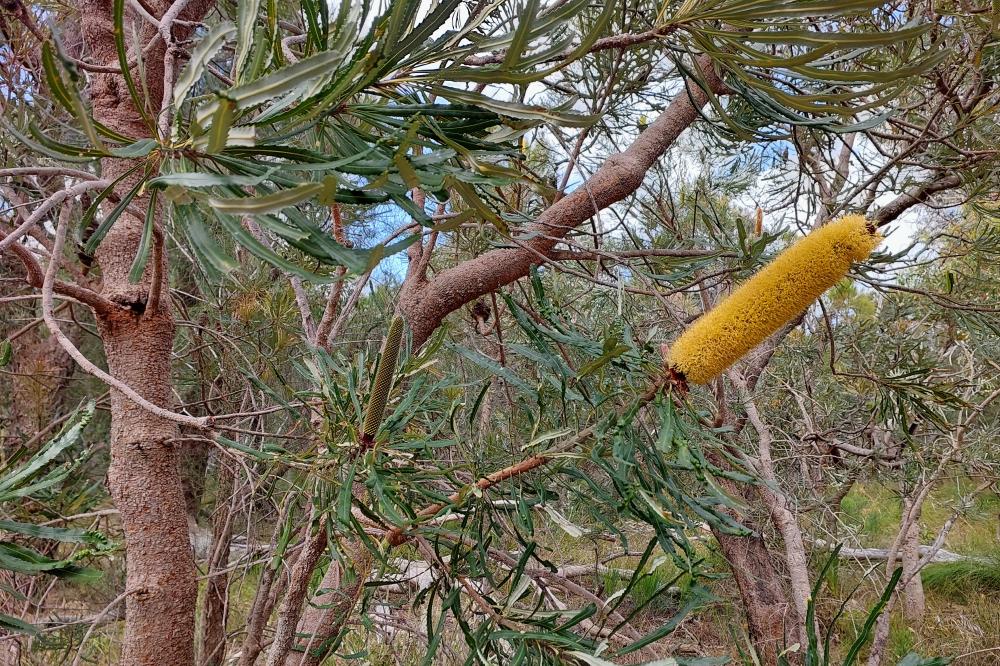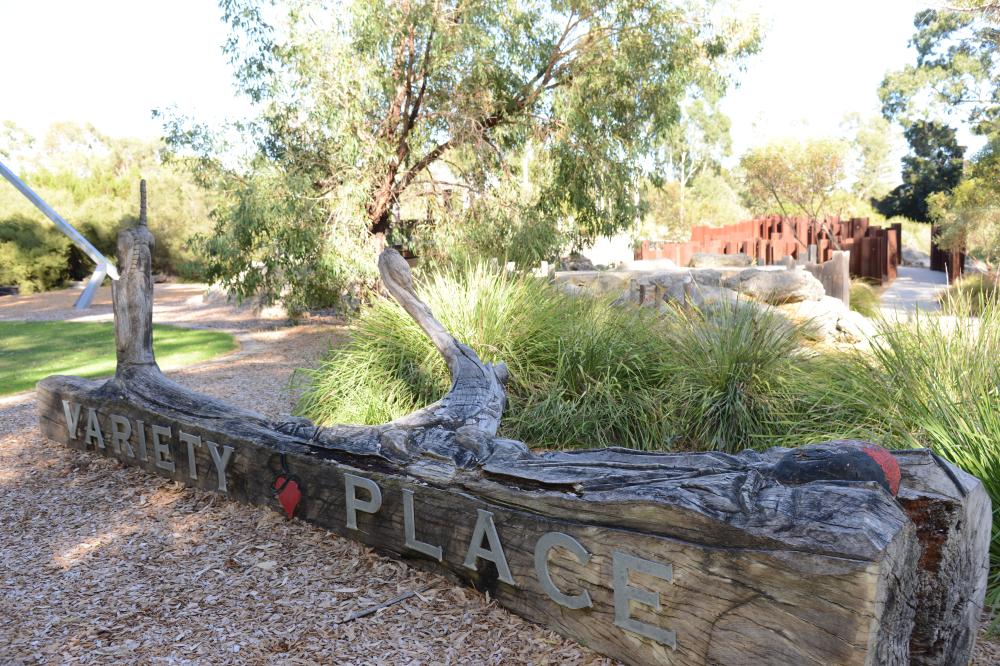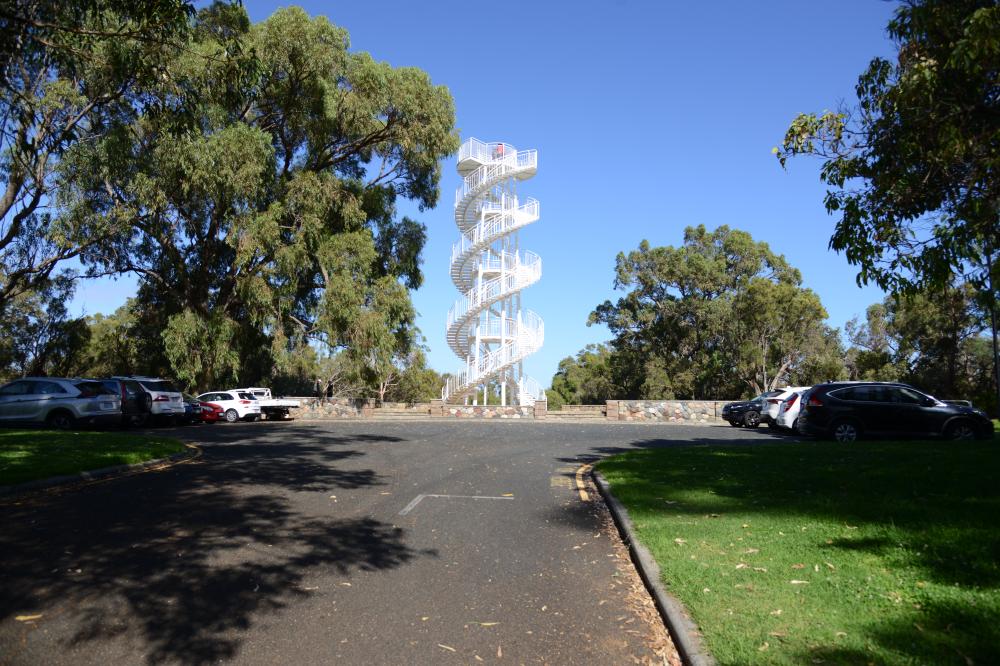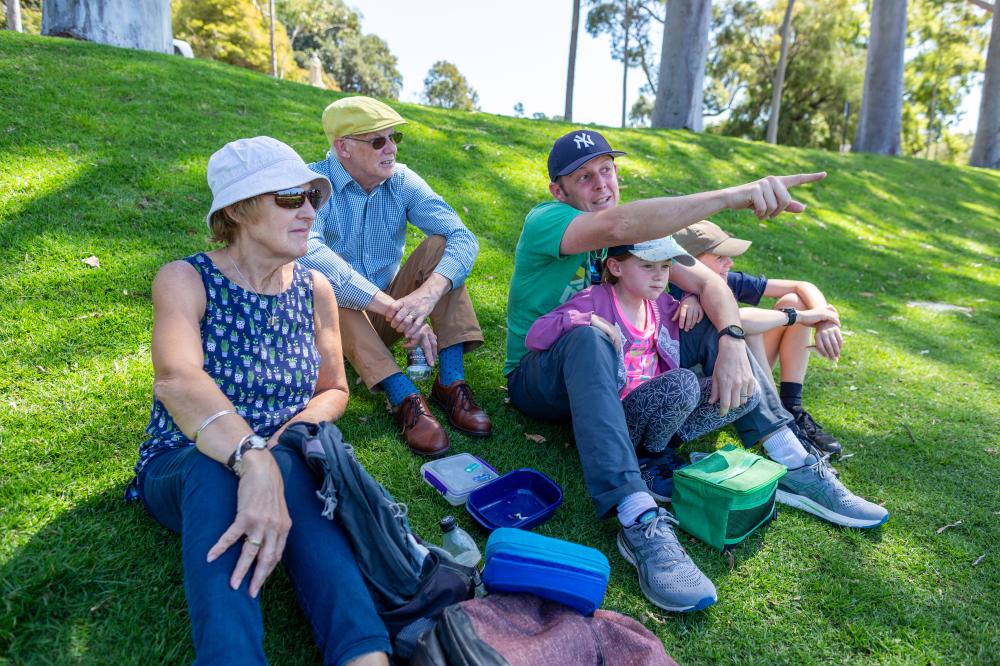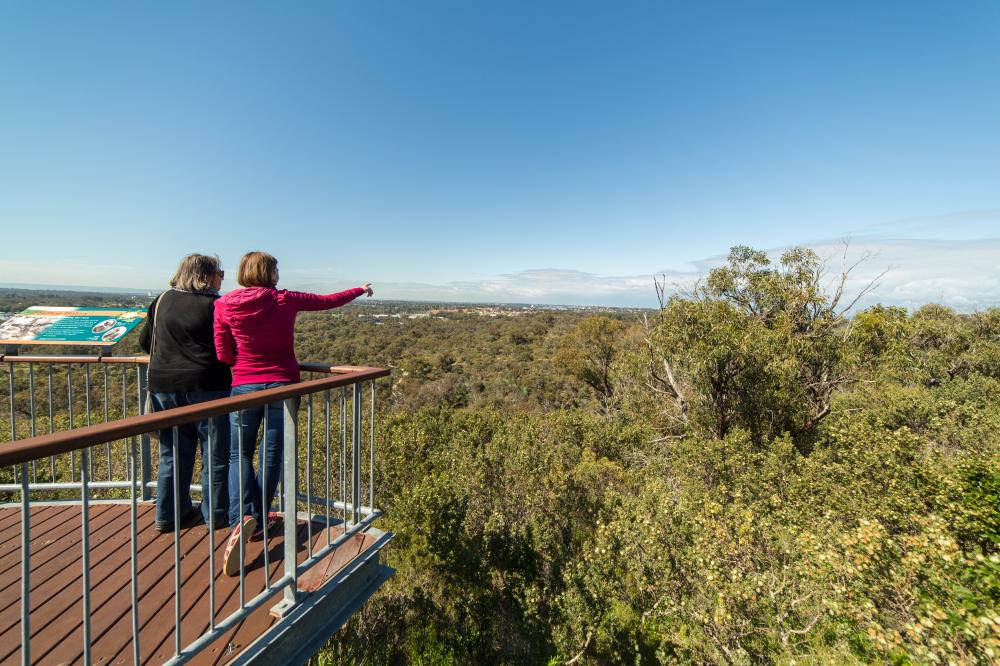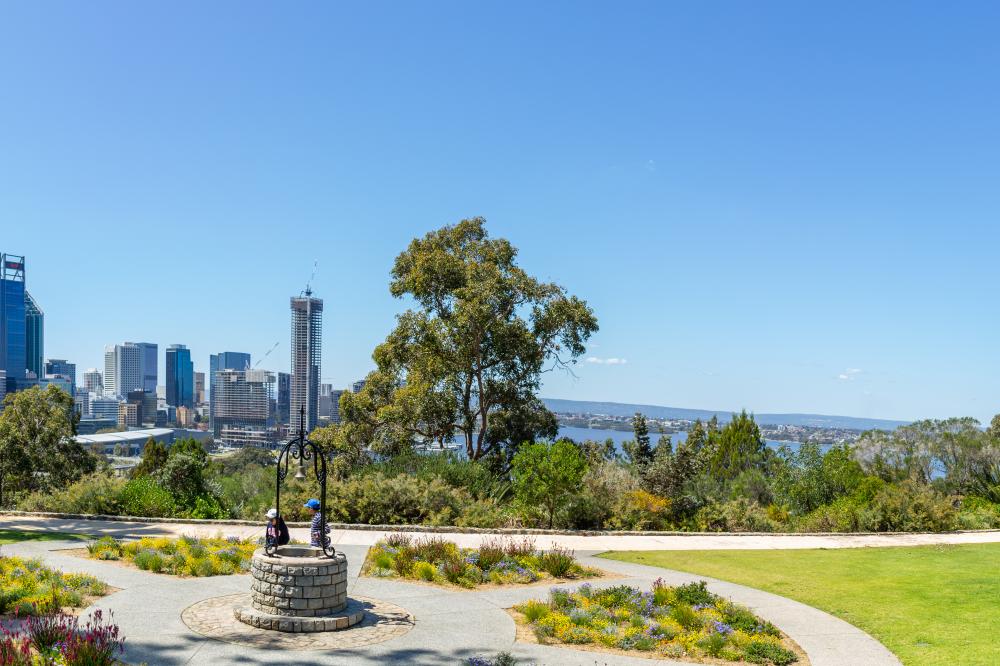Gija Jumulu (Giant Boab)
This mighty Boab is estimated to be over 750 years old and could easily live for another 1250 years!
When the Botanic Gardens and Parks Authority learned the tree needed to be relocated due to works on the Great Northern Highway, we jumped at the chance to secure it.
Now known as 'Gija Jumulu', the tree is a special gift to all Western Australians from the local Indigenous people, the Gija, who are the traditional land owners. They performed a farewell ceremony to the Jumulu (boab in Gija language) on Monday, 14 July 2008.
The tree captured the hearts of all Western Australians when it travelled over 3200 km by long haul truck from Warmun down to Perth in 2008. At 37 tonnes and 18 metres tall, it's the longest known land journey of a living tree this size.
Along its long journey, street trees had to be pruned, power lines raised, street signs extracted and traffic redirected to enable the truck and its unusual cargo to pass through the narrow streets of Perth's inner city.
Boabs (Adansonia gregorii) are highly valued by Indigenous people for their edible fruits, medicinal uses and water-holding properties.
Some seasons I sleep!
One of the most common questions visitors to Kings Park ask is ‘how is the Boab tree?' The tree is deciduous in the winter dry season in the north like a number of other Kimberley plant species.
Did you know that boabs can still produce energy without their leaves? Naturally deciduous Boabs like our beautiful Gija Jumulu spend time throughout the year without leaves, however they aren’t just asleep! Like many trees from the Malvaceae family, they can photosynthesise through their bark. We usually expect Gija Jumulu to begin showing leaf in December.
